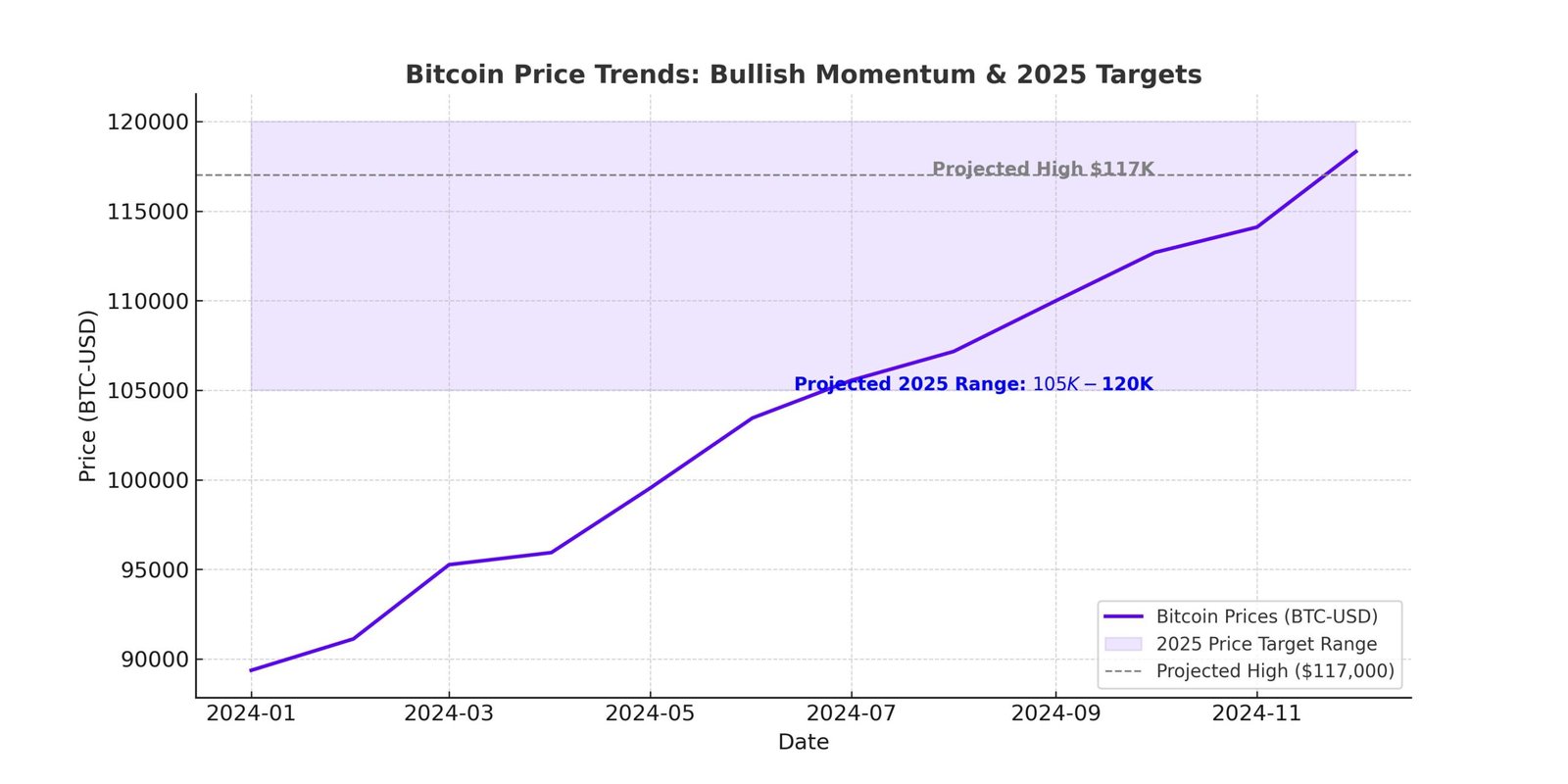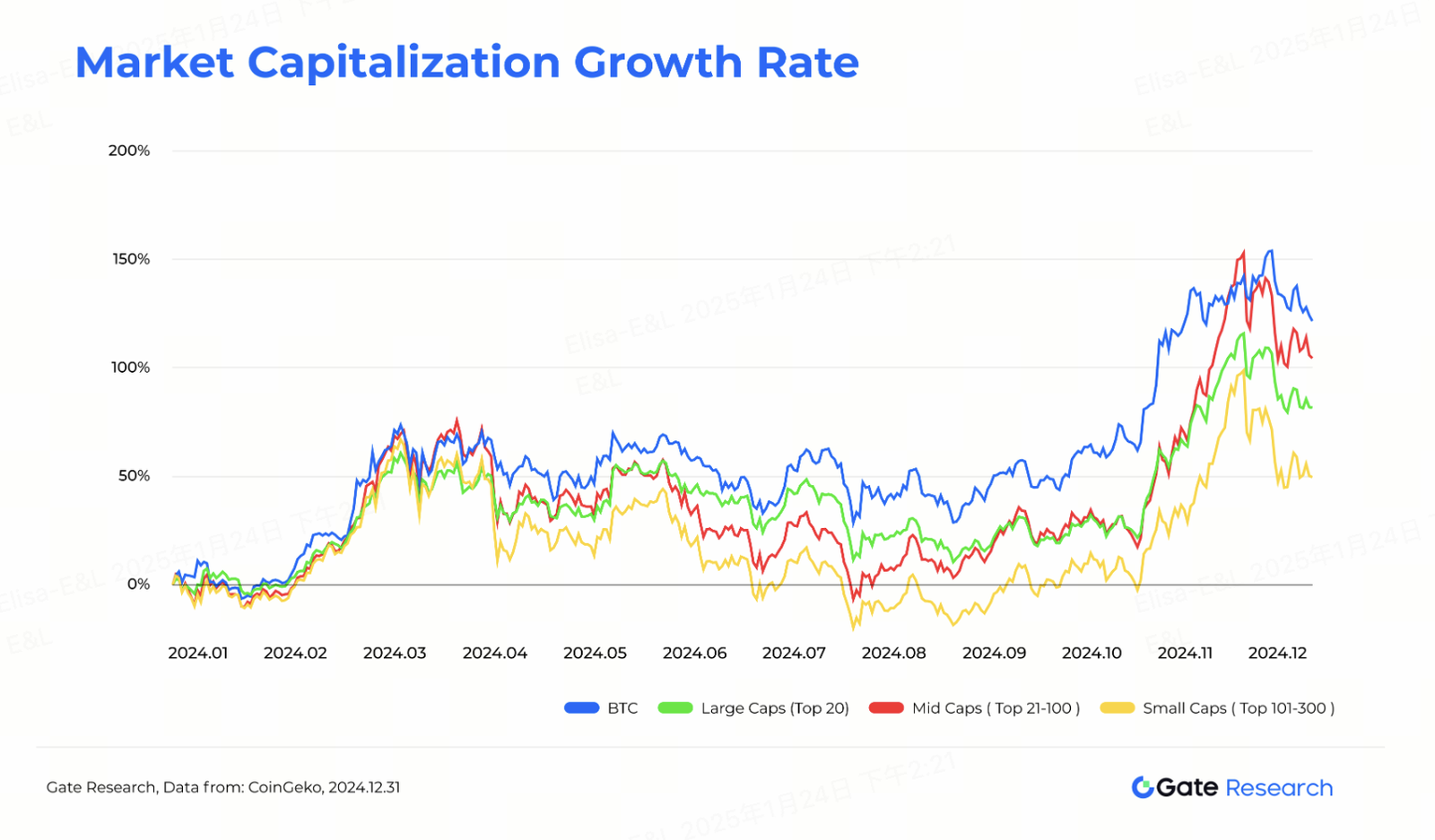
Introduction to Blockchain Technology

Blockchain technology is a decentralized digital ledger system that has gained significant traction since its inception in the late 2000s, primarily as the backbone of cryptocurrencies like Bitcoin. It functions by recording transactions across multiple computers in a manner that ensures the recorded information cannot be altered retroactively. This method significantly enhances the security and integrity of the data, which is why banks are increasingly exploring blockchain in their operations.
The fundamental principles of blockchain technology include decentralization, transparency, and security. Unlike traditional ledgers maintained by a single entity, a blockchain distributes the data across a network of nodes, reducing the risk of single-point failures or manipulation. Each block in the chain contains a cryptographic hash of the previous block, a timestamp, and transaction data, linking it securely to the prior block. This structure fosters an unchangeable historical record of all transactions, thus making blockchain particularly appealing to the financial sector.
In addition to decentralization, blockchain technology is renowned for its transparency. Every participant in the network can access the entire ledger, allowing for real-time auditing and validation of transactions without relying on a central authority. This inherent transparency can bolster trust among parties involved in financial dealings, a factor that is critical in the banking ecosystem. Furthermore, the security features of blockchain reduce the likelihood of fraud, as transactions are encrypted and verified through consensus mechanisms before being added to the ledger.
Given these key attributes, banks are increasingly recognizing the potential of blockchain to revolutionize the financial sector. By integrating blockchain technology, financial institutions can achieve greater efficiency, reduce operational costs, and enhance security protocols, thereby paving the way for a more innovative and secure banking future.
The Evolution of the Financial Industry
The financial industry has undergone significant transformation throughout its history, driven by various technological advancements and evolving consumer needs. In the early stages, traditional banking systems relied heavily on physical branches and face-to-face interactions, necessitating a straightforward yet cumbersome approach to financial transactions. With the passage of time, and particularly in the late 20th century, the introduction of computers heralded a new era of digitization. This shift laid the groundwork for increasingly complex financial products and services, leading to a more interconnected global economy.
The advent of the internet further accelerated this evolution, enabling real-time communication and information exchange across borders. This globalization of finance allowed customers to access banking services from virtually anywhere, stimulating demand for more efficient and secure methods of handling transactions. The need for timely information and seamless payment processing prompted financial institutions to automate processes, resulting in a transition from manual operations to more sophisticated electronic systems.
As financial networks expanded and became intricately linked, the industry faced new challenges, such as heightened security risks and the potential for fraud. These challenges underscored the necessity for solutions that could enhance the security and efficiency of transactions. In recent years, the emergence of blockchain technology has been recognized as a game-changing innovation within the banking sector. With its decentralized ledger system, blockchain offers the potential to significantly reduce transaction times and costs while enhancing security through transparency and immutability.
As big banks increasingly explore blockchain technology, they seek not only to address existing inefficiencies but also to prepare for a future where digital transformation is paramount. The integration of blockchain in banking promises to revolutionize the industry by fostering collaborative ecosystems and enabling new financial products that are tailored to meet evolving consumer expectations.
Challenges Facing Big Banks Today
The banking sector is currently navigating a complex landscape marked by a myriad of challenges that hinder its operational efficiency and customer satisfaction. One of the most pressing issues is regulatory compliance, which has intensified in recent years. Banks must adhere to a multitude of laws and regulations that vary by jurisdiction, complicating their ability to operate smoothly. This compliance burden often results in increased costs and prolonged processes that do not always guarantee security or efficiency.
Moreover, slow transaction speeds continue to plague traditional banking systems. Customers are increasingly frustrated with the time it takes to process both domestic and international transactions. In a world where instant gratification is the norm, banks find themselves at a competitive disadvantage when their transaction systems are unable to keep pace with technological advancements. This is particularly significant in the context of digital currencies and real-time payment systems, where immediacy is paramount.
In addition to transaction delays, the high operational costs associated with maintaining legacy systems present another challenge. Many banks continue to rely on outdated technologies that are costly to maintain and upgrade. These legacy systems consume substantial resources, limiting banks’ ability to invest in innovation and potentially advantageous technologies like blockchain.
Cybersecurity threats are also a growing concern for the banking sector. As technology evolves, so do the tactics of cybercriminals. Banks are prime targets for attacks, which can not only result in financial loss but also severely damage their reputations. A robust cybersecurity strategy is essential, yet the complexities involved often overwhelm existing frameworks.
Lastly, there is an increasing demand for better customer experiences. Customers expect personalized services, seamless interactions, and rapid responsiveness from their banks. Failure to meet these expectations can lead to customer attrition and heightened competition. Addressing these challenges is crucial for big banks, and exploring innovative solutions, such as banks blockchain, could hold the key to overcoming these hurdles effectively.
Benefits of Blockchain for Financial Institutions
Blockchain technology offers transformative benefits for the banking sector, fundamentally altering how financial institutions operate. One of the most significant advantages is the reduction in transaction costs. By enabling peer-to-peer transactions without intermediaries, blockchain minimizes the fees typically associated with processing services and fund transfers. This cost reduction is particularly valuable for large banks that manage millions of transactions daily, allowing them to improve their efficiency and potentially pass the savings on to customers.
Enhanced security measures represent another critical benefit of adopting blockchain in banking. The decentralized nature of blockchain makes it inherently resistant to hacks, as data is stored across a network of computers instead of a single central server. Additionally, the cryptographic security involved in blockchain transactions ensures that sensitive information is protected. This high level of security can significantly bolster customer trust, which is pivotal in the highly competitive financial services industry.
Faster settlement times further illustrate the advantages of blockchain within the banking sector. Traditional banking methods can lead to delayed fund transfers, often taking days to settle. In contrast, blockchain allows for near-instantaneous transactions, enabling banks to enhance their operational speed and customer service. This rapid processing can improve liquidity for financial institutions and provide a more seamless experience for clients.
Moreover, blockchain technology promotes improved transparency across financial transactions. Each transaction recorded on the blockchain is immutable and publicly verifiable, ensuring that all parties involved have access to the same information. This transparency can help prevent fraud and disputes, while also providing regulatory agencies with a clear view of financial activities, thereby simplifying compliance processes.
In conclusion, the myriad benefits that blockchain offers to banks—such as reduced transaction costs, enhanced security, faster settlement times, and improved transparency—can significantly transform the landscape of the blockchain financial sector. By leveraging this technology, financial institutions can not only improve their operational efficiency but also foster greater customer trust, potentially revolutionizing the future of banking.
Key Players in Blockchain Development
Within the evolving landscape of blockchain technology, several key players are shaping the future of the financial sector. Major banks, fintech companies, and technology firms have emerged as vital contributors to the blockchain ecosystem, collaboratively defining its trajectory. In this collaborative endeavor, traditional financial institutions and innovative startups are leveraging their unique capabilities to explore the transformative potential of blockchain in banking.
Globally recognized financial giants such as JPMorgan Chase, HSBC, and CitiGroup have taken the initiative to investigate the application of blockchain technology. These banks are not only developing their proprietary blockchain platforms but are also participating in consortiums aimed at standardizing blockchain utilization across the sector. For instance, JPMorgan Chase’s Quorum is a permissioned blockchain that accelerates transactions while ensuring security and confidentiality. Similarly, HSBC has employed blockchain for trade finance transactions, enhancing efficiency and transparency in their operations.
Fintech companies also play a significant role in this transformation. Organizations like Ripple and Stellar have developed solutions that facilitate cross-border payments through blockchain technology. These innovations address long-standing challenges in the financial sector, such as high transaction fees and extended processing times. By partnering with established banks, these fintech firms are streamlining processes and opening up new avenues for financial services.
The technology sector contributes heavily to blockchain development as well, with companies like IBM and Microsoft providing robust infrastructures for banks to build upon. IBM’s Hyperledger Fabric is an open-source framework designed for developing blockchain applications in various industries, including finance. By harnessing the power of technology, these firms enable banks to integrate blockchain into their operations effectively.
In conclusion, the current blockchain financial sector is characterized by dynamic collaborations among major banks, fintech startups, and technology firms. These partnerships not only drive innovation but also pave the way for a more efficient and secure banking ecosystem, evidencing a collective commitment to unlocking the full potential of blockchain in banking.
Real-World Applications of Blockchain in Banking
Blockchain technology is transforming the landscape of the financial sector, offering innovative solutions for traditional banking practices. One of the most promising applications of banks blockchain is in the realm of cross-border payments. Traditional methods often involve numerous intermediaries, resulting in lengthy transaction times and high fees. However, with the implementation of blockchain, banks can facilitate faster, cheaper, and more secure cross-border transactions. The decentralized nature of blockchain enables direct peer-to-peer transfers, eliminating the need for multiple intermediaries.
Another significant application of blockchain in banking is in trade finance. This sector is characterized by complex documentation processes and the need for secure transactions among various parties. By utilizing blockchain technology, banks can create a digital ledger that provides real-time visibility into the supply chain. This transparency ensures that all parties have access to essential documents, reducing risks of fraud and disputes while streamlining the financing process.
Supply chain finance is also benefiting from blockchain solutions, allowing banks to track the movement of goods in real time. By integrating blockchain with the logistics and finance functions, banks can offer financing options to suppliers at various stages of the supply chain. This approach reduces the reliance on credit and accelerates cash flow, fostering a healthier ecosystem for all stakeholders involved.
Additionally, digital identity verification is an area where blockchain technology is making strides. In the banking sector, digital identity systems help authenticate customers accurately while enhancing security measures. By implementing a blockchain-based system, banks can reduce identity theft and streamline the customer onboarding process, leading to a more efficient banking experience overall.
In conclusion, the integration of blockchain technology into banking practices is providing real-world solutions that not only enhance operational efficiency but also improve security and transparency within the financial sector. As banks continue to explore these applications, the potential for further innovations remains vast, reshaping the future of banking.
Regulatory Considerations for Blockchain Adoption
The emergence of blockchain technology has prompted the need for a comprehensive regulatory framework within the financial sector. As financial institutions, including major banks, explore the potential of blockchain, they must navigate a complex landscape of regulations designed to ensure consumer protection and rather stringent compliance. Regulatory bodies worldwide are beginning to recognize the implications of blockchain in banking and are working to formulate policies that both foster innovation and mitigate risks inherent to this technology.
One of the primary challenges surrounding the adoption of blockchain in banking is the need to balance innovation with regulatory oversight. Banks, while recognizing the efficiency and transparency that blockchain offers, are also aware of the need to maintain compliance with existing regulations. The evolving nature of blockchain necessitates that regulatory agencies adapt and create standards that address issues such as anti-money laundering (AML), know your customer (KYC) requirements, and data privacy laws. These considerations are critical in ensuring that banks can leverage blockchain technology without compromising the integrity of financial systems.
Furthermore, international cooperation is essential, as blockchain transcends borders and many banks operate on a global scale. Different jurisdictions may have varying regulatory requirements; therefore, having a unified approach can help to promote cross-border transactions and provide clarity for institutions venturing into blockchain technology. Engaging with regulators early in the development of blockchain applications could facilitate constructive dialogue and enable banks to align with regulatory expectations while still pursuing innovative solutions.
In conclusion, the regulatory considerations associated with blockchain adoption in the financial sector are complex yet crucial. Establishing a robust regulatory framework will be instrumental in guiding banks as they navigate this transformative technology, ensuring that innovation goes hand-in-hand with consumer protection and compliance.
Future Trends: How Blockchain Will Shape Banking
The future of blockchain technology in the banking sector promises a transformative journey that is likely to redefine multiple aspects of financial services. As major banks continue to explore blockchain, several key trends emerge that will shape its evolution. One of the most notable trends is the integration of blockchain with artificial intelligence (AI) and machine learning. This combination can enhance transaction processing, risk assessment, and fraud detection by utilizing AI algorithms on blockchain networks. This synergy has the potential to create more efficient and secure banking solutions, improving customer experience significantly.
Moreover, the growth of decentralized finance (DeFi) is another trend that cannot be overlooked. DeFi applications aim to provide traditional financial services like lending and borrowing without intermediaries, fundamentally changing how banks operate. As DeFi matures, traditional banks may adopt hybrid models that leverage both centralized and decentralized finance, allowing them to cater to a broader range of customer preferences while maintaining regulatory compliance.
Additionally, banks are expected to embrace blockchain’s ability to facilitate cross-border transactions more effectively. With blockchain technology, the process can become faster and cheaper compared to traditional methods. This efficiency not only benefits banks but also enhances the customer experience, making international transfers seamlessly accessible. Furthermore, we might witness the emergence of new services built on blockchain technology, such as tokenized assets, which can transform how banks offer investment opportunities to clients.
The collaboration between banks and blockchain startups will also likely increase, fostering innovation through public-private partnerships. This trend can spur the development of new solutions that enhance transparency, security, and operational efficiency. In conclusion, the foresight of banks integrating blockchain technology indicates a future where financial services are more efficient and accessible, ultimately leading to a more inclusive financial ecosystem.
Conclusion: The Path Ahead for Big Banks
As the discussion surrounding blockchain technology continues to evolve, it becomes increasingly clear that big banks must strategically consider its implications for their operations. The adoption of blockchain in banking represents not only a technological revolution but also a paradigm shift in the way financial institutions operate. With its potential to increase transparency, reduce costs, and enhance security, blockchain stands out as a key driver for innovation within the blockchain financial sector.
The increasing adoption of blockchain by major banks highlights the necessity for these institutions to embrace change and innovation. In a fast-evolving financial landscape, where competition is intensifying due to emerging fintech firms, traditional banks are under pressure to modernize their services and delivery mechanisms. By leveraging blockchain technology, banks can streamline processes such as cross-border payments, improve settlement times, and reduce reconciliation efforts, thereby gaining a competitive edge.
Moreover, the integration of banks with blockchain initiatives can foster collaboration within the industry. By participating in consortiums, banks can collectively explore and develop blockchain solutions that can lead to standardized practices and shared infrastructures. This collaborative approach not only spreads risks associated with technology adoption but also enhances the overall robustness and reliability of solutions developed.
Looking ahead, it is imperative for big banks to build the necessary skills and knowledge around blockchain technology. This includes investing in research and development, fostering strategic partnerships with technology providers, and increasing employee expertise in blockchain applications. As they journey forward, banks must remain vigilant and proactive in assessing the evolving landscape of blockchain in banking. The future of the financial sector will undoubtedly be influenced by how effectively banks harness the capabilities of blockchain technology, ultimately determining their success in this new era of financial services.










